In a modern world, technologies will be increasingly central to reimagining how global asylum systems work. Coming from iris scanning service and cosmetic recognition tools to chatbots that help refugees join protection claims, these fresh tools are gradually becoming the main migration and asylum management. These systems can speed up decision-making techniques, benefitting both equally governments and some migrants. However , additionally, they raise many concerns to get migrants and require fresh governance frameworks to ensure fairness.
In this article, I map out existing www.ascella-llc.com/asylum-consultation/ uses of these technology across The european union before entrance, at the edge and within European territories. These include speech and vernacular recognition software program, used to help with citizenship applications in Latvia or to recognize a migrant’s region of origins in Belgium; iris scanning technology, which can be currently being operated at the US-Mexico border; as well as the use of matching algorithms that attempt to match refugees with communities in countries just like Australia, Swiss and the Holland.
These tactics may be seen as potentially necessary for accelerating asylum procedures and improving visibility, but they could possibly be subject to personal privacy concerns, funeste decision-making and lead to the expulsion of migrants in breach of intercontinental law. Man caseworkers remain involved in each of the practices I use explored, and they are generally able to scrutinize automated reviews generated simply by these technologies. Nevertheless, they must be aware of the potential risks and ensure that refugees get access to information about just how their info will be used, in addition to the extent to which these tools can affect all their outcomes.
